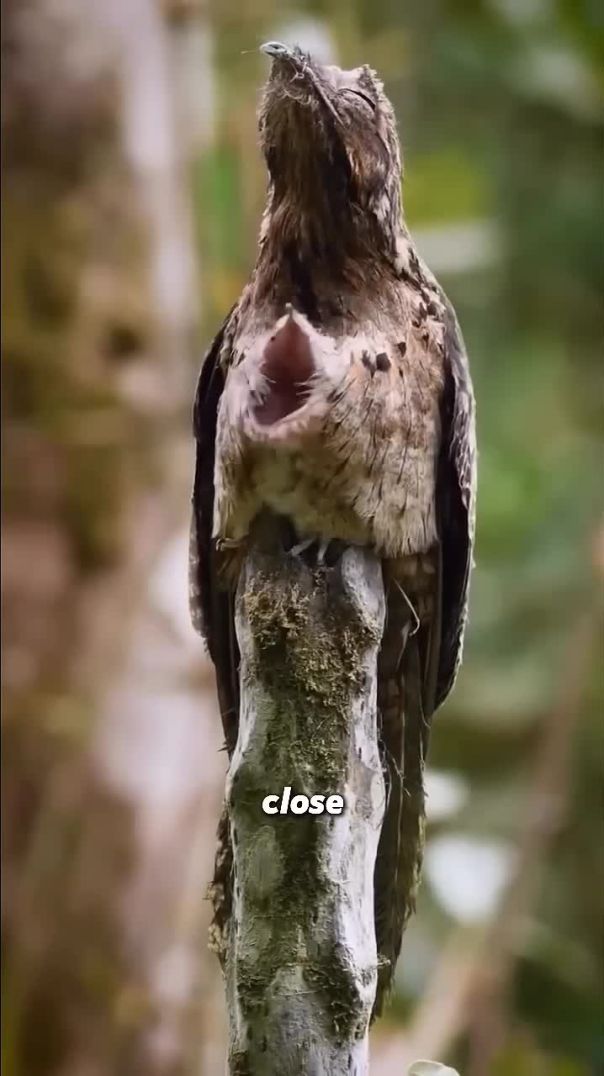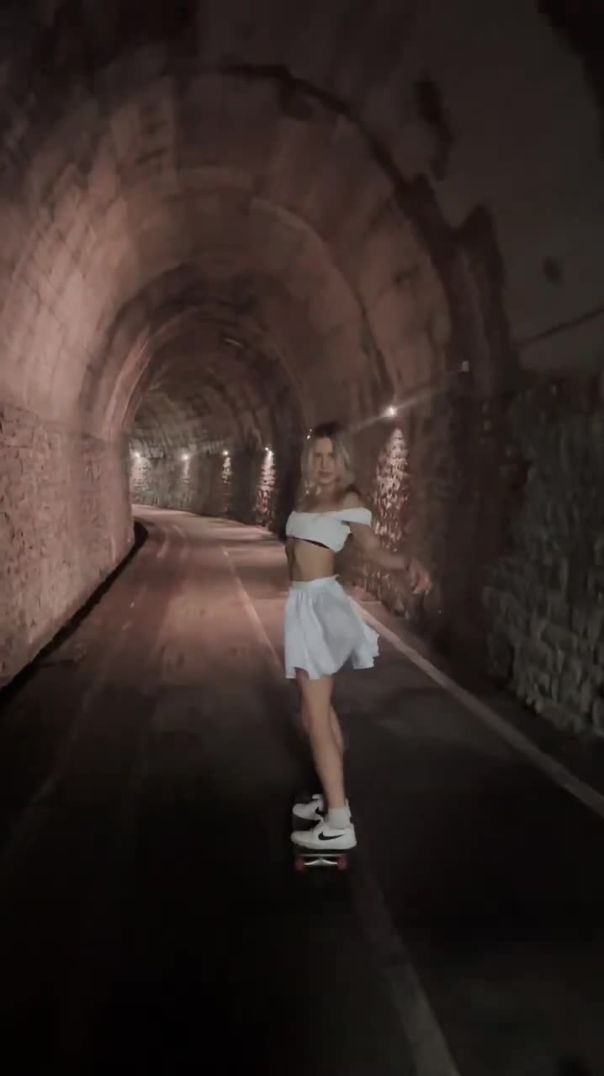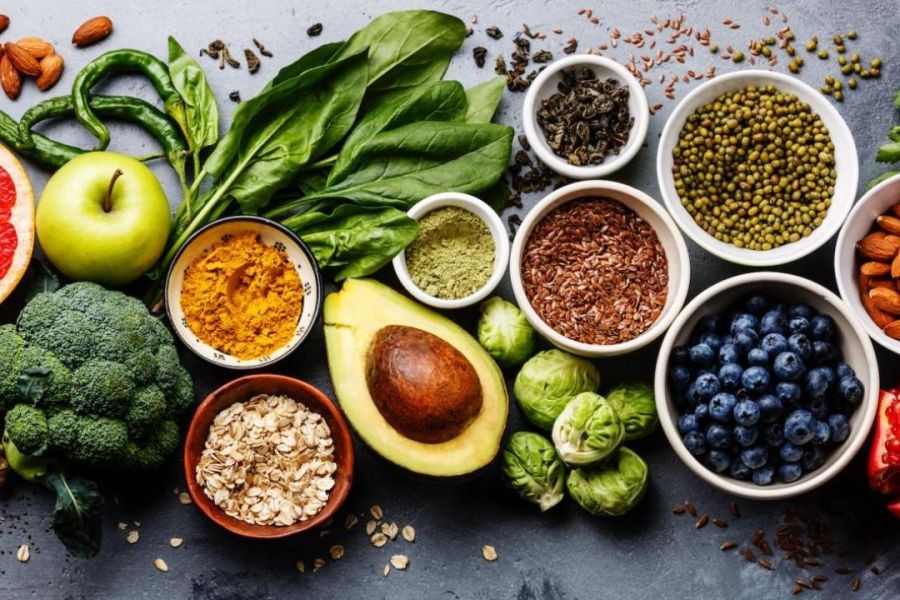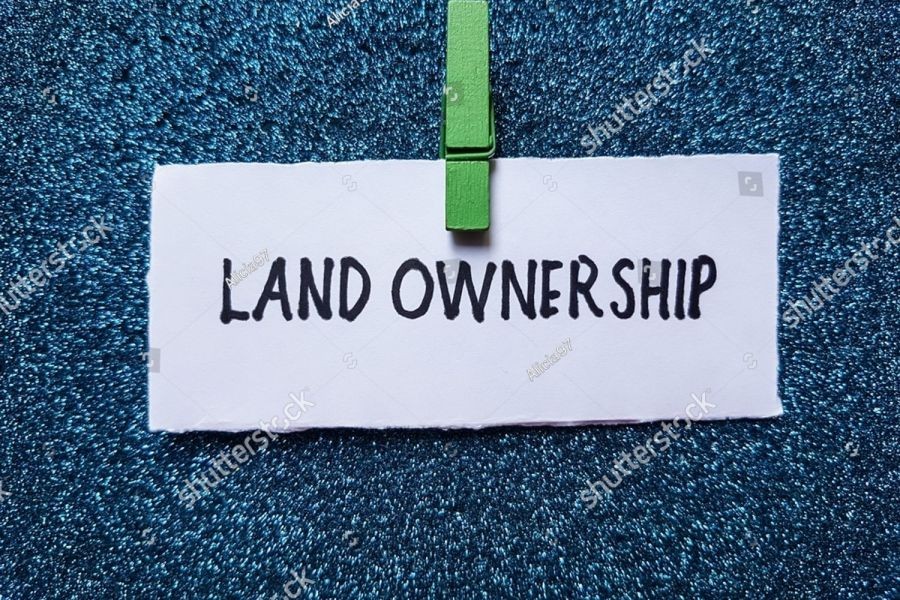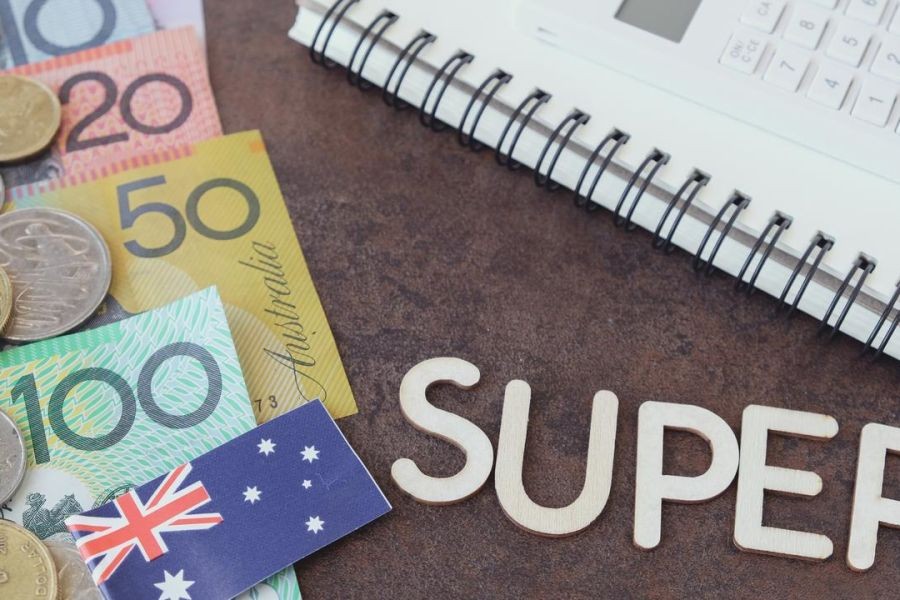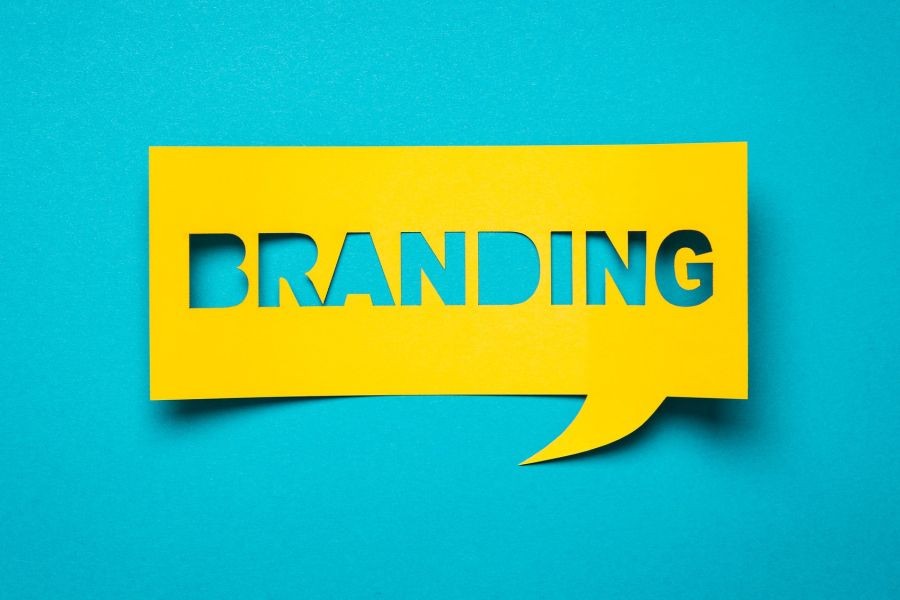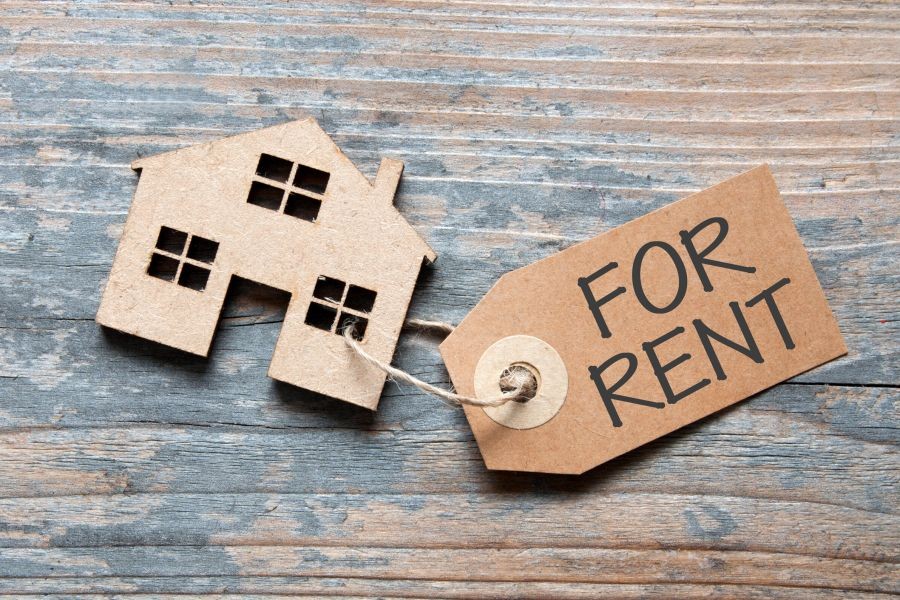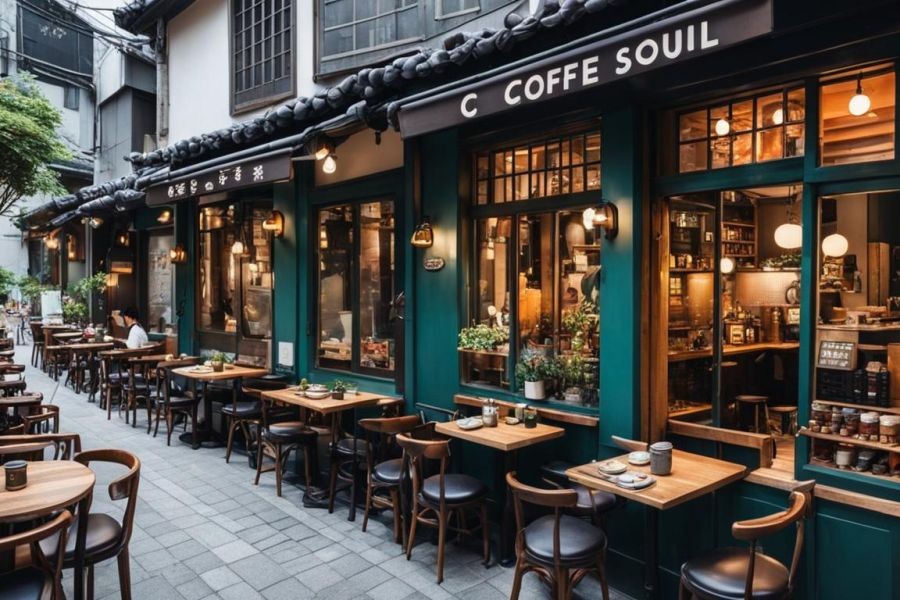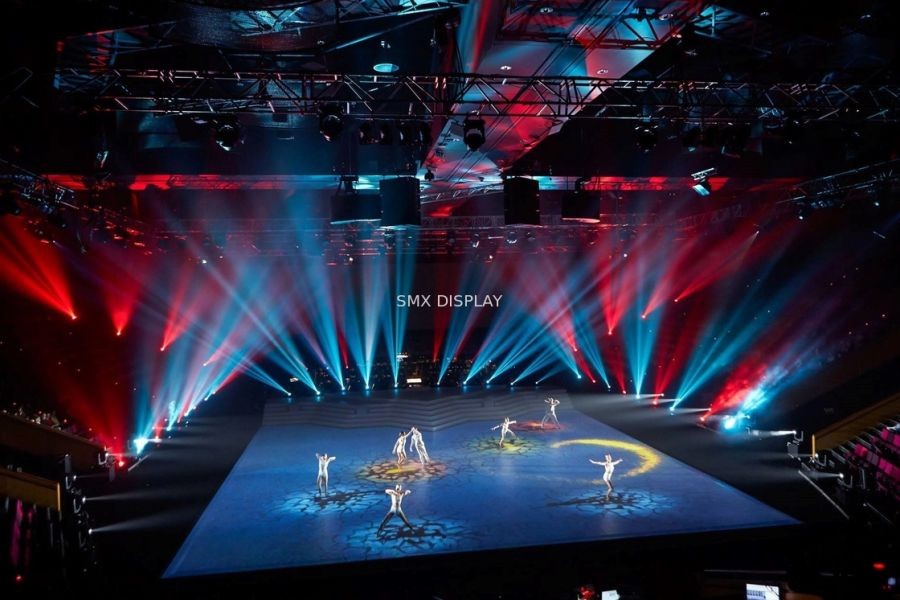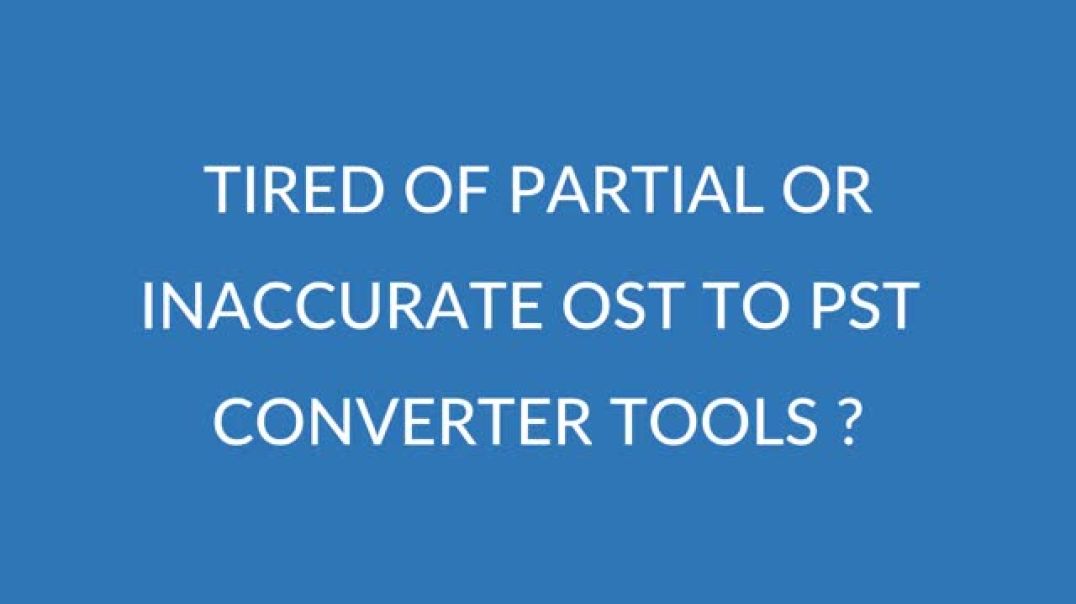In the vibrant world of art sales, two primary avenues have emerged: social media platforms and traditional art shows. Both offer unique opportunities and challenges for artists, collectors, and investors alike. As Australia’s art market continues to evolve, understanding the nuances of these sales channels can provide valuable insights for those looking to navigate this dynamic landscape effectively.
Introduction
Imagine an artist in Melbourne who has just completed a series of breathtaking paintings. She faces a dilemma: Should she showcase her work through the traditional route of art shows, or should she leverage the expansive reach of social media? This decision is not just about choosing a platform; it's about understanding the strategic advantages each option offers in terms of exposure, engagement, and sales potential. As Australia's economy thrives with a growing interest in art investments, the choice between these two avenues becomes even more critical.
In Australia, the art market is a significant contributor to the cultural and economic landscape. According to the Australian Bureau of Statistics (ABS), the creative industries, including visual arts, contribute over $112 billion annually to the Australian economy. The rise of digital platforms has further amplified the art market's reach, offering artists unprecedented opportunities to connect with a global audience. However, traditional art shows, backed by their rich history and tactile experience, continue to hold a special place in the hearts of many art enthusiasts.
Social Media Art Sales: A Modern Frontier
Social media platforms like Instagram, Facebook, and Pinterest have revolutionized how art is marketed and sold. With over 1 billion active users on Instagram alone, artists can reach a vast audience without geographical limitations. This digital transformation allows for direct engagement with potential buyers, fostering a sense of community and immediacy.
Advantages of Social Media Art Sales
- Global Reach: Artists can connect with international buyers, expanding their market beyond local boundaries.
- Cost-Effective Marketing: Social media marketing is significantly cheaper than participating in art shows, which often involve travel, accommodation, and exhibition fees.
- Real-Time Engagement: Artists can interact directly with their audience, receiving immediate feedback and building a dedicated following.
- Analytics and Insights: Platforms provide data on viewer demographics and engagement, allowing artists to tailor their strategies effectively.
Challenges of Social Media Art Sales
- Algorithm Dependence: Visibility on social media is heavily influenced by algorithms, which can be unpredictable and require constant adaptation.
- Saturation: The vast number of artists online can make it difficult to stand out and capture attention.
- Limited Physical Interaction: Art is often best appreciated in person, and online sales can lack the tactile experience that traditional shows offer.
Case Study: The Success of an Australian Artist
Consider the case of Sarah Miller, an emerging artist based in Sydney. She decided to leverage Instagram to showcase her abstract paintings. By consistently engaging her audience through live sessions and stories, she built a substantial following. Within a year, her online sales increased by 70%, allowing her to transition to full-time artistry. Sarah’s success underscores the potential of social media in democratizing art sales, making it accessible to a wider audience.
Traditional Art Shows: A Timeless Experience
Traditional art shows, galleries, and exhibitions have long been the cornerstone of the art world. These venues offer artists the opportunity to display their work in a curated environment, often attracting collectors, critics, and art enthusiasts who value the experience of viewing art in person.
Benefits of Traditional Art Shows
- Authentic Exposure: Art shows provide a platform for artists to showcase their work in a professional setting, enhancing credibility.
- Networking Opportunities: These events facilitate direct connections with collectors, gallery owners, and other artists.
- Tactile Experience: Viewers can appreciate the texture, scale, and detail of artworks, which can be pivotal in the buying decision.
- Cultural Significance: Participating in prestigious exhibitions can elevate an artist’s profile and open doors to further opportunities.
Drawbacks of Traditional Art Shows
- High Costs: Participation often involves significant expenses, including booth fees, shipping, and travel costs.
- Limited Audience: Physical shows attract a restricted audience, primarily local or regional visitors.
- Time-Consuming: Preparing for and attending art shows can be time-intensive, detracting from the time available for creating art.
Case Study: Success at an Australian Art Show
In contrast, let’s examine the experience of John Thompson, an established painter from Melbourne. He participated in the Sydney Contemporary Art Fair, one of Australia’s largest art events. The exposure he gained from this high-profile platform led to several gallery representations and a 50% increase in commissions over the following year. John’s story illustrates the enduring power of traditional art shows to elevate an artist’s career trajectory.
Pros and Cons Analysis
Pros of Social Media Art Sales
- Higher ROI: Artists can achieve higher returns by cutting out intermediaries like galleries.
- Scalability: Easily scalable to reach a larger audience without additional cost.
- Flexibility: Artists can control their brand and market strategy.
- Innovation-Friendly: Platforms encourage creative marketing approaches and interactive content.
Cons of Social Media Art Sales
- Algorithm Dependence: Visibility is contingent on social media algorithms.
- Over Saturation: The digital space is crowded, making differentiation challenging.
- Less Personal: Lacks the personal touch and immediate feedback loop of face-to-face interactions.
Pros of Traditional Art Shows
- Tangible Experience: Offers a physical interaction with art that digital platforms cannot replicate.
- Prestige and Credibility: Being showcased in renowned galleries or fairs adds to an artist’s prestige.
- Direct Feedback: Immediate reactions from viewers can inform an artist’s future work.
Cons of Traditional Art Shows
- High Costs: Participation can be costly, impacting an artist’s bottom line.
- Limited Audience: Reach is confined to attendees, limiting exposure.
- Logistical Challenges: Organizing and transporting artworks can be cumbersome.
Common Myths & Mistakes
In navigating these sales channels, several misconceptions can lead to strategic errors:
Myth: Social Media Sales are Effortless
Reality: While social media offers vast opportunities, success requires strategic planning, consistent engagement, and understanding of platform algorithms.
Myth: Traditional Shows Guarantee Sales
Reality: Simply participating in a show does not ensure sales. Artists must actively engage with attendees and network effectively.
Myth: Online Art Sales Lack Authenticity
Reality: Many buyers appreciate the convenience and access to diverse works that online sales provide, often leading to genuine connections between artists and collectors.
Biggest Mistakes to Avoid
- Neglecting Online Presence: Even artists focused on traditional shows must maintain a robust online presence to stay relevant.
- Overlooking Cost Management: For both online and offline sales, managing costs effectively is crucial to maximizing profitability.
- Ignoring Analytics: Failing to utilize data insights can lead to missed opportunities in marketing and sales strategies.
Future Trends and Predictions
As technology continues to evolve, the art market is poised for further transformation. By 2030, the integration of virtual reality and augmented reality into social media platforms could revolutionize how art is experienced and purchased online. Additionally, blockchain technology may offer new ways to authenticate artworks and provide transparency in transactions, enhancing trust in digital sales.
In Australia, the government's support for digital innovation, as highlighted by the Treasury AU’s Digital Economy Strategy, is likely to foster a conducive environment for tech-driven art sales. This presents a promising opportunity for artists to expand their reach and engage with new audiences effectively.
Conclusion
In the debate between social media art sales and traditional art shows, the best approach depends on an artist's goals, resources, and target audience. Both avenues offer unique benefits and challenges, and a blended strategy may often yield the best results. By leveraging the expansive reach of social media while maintaining a presence in traditional shows, artists can maximize their visibility and sales potential.
Ultimately, the key to success lies in adaptability and strategic planning. Artists must remain open to new technologies and trends, continually refining their approach to meet the evolving demands of the art market.
Are you an artist navigating these sales channels in Australia? Share your experiences and insights in the comments below!
People Also Ask (FAQ)
- How does social media impact art sales in Australia?Social media has expanded the reach of Australian artists, allowing them to connect with international buyers and increase sales by over 30% according to recent studies.
- What are the biggest misconceptions about art sales?One common myth is that social media sales are effortless. However, successful online sales require strategic planning and consistent engagement.
- What are the best strategies for implementing art sales online?Experts recommend starting with building a strong online presence, engaging with followers through interactive content, and leveraging analytics to refine marketing strategies.
Related Search Queries
- Social media art sales strategies
- Traditional art shows in Australia
- Art marketing on Instagram
- Contemporary art trends 2024
- Virtual reality in art sales




